It took six months to complete the report by four authoritative institutions, including Chinese Association for Artificial Intelligence (CAAI), China Industrial Control Systems Cyber Emergency Response Team(CICS-CERT), and China Fortune Land Development (CFLD). The report described the innovation status of China's AI industry and academy from a new perspective.
The 2018 AI Industry Innovation Assessment White Paper was jointly released by CAAI,CICS-CERT,CFLD and CPA Global.
The white paper focuses on the enabling technology and application scenarios of artificial intelligence. Based on the papers, patents, talents, industry barriers and other dimensions, the white paper innovatively constructs an artificial intelligence industry innovation evaluation system, objectively evaluates the innovation development level of the current artificial intelligence industry, and provides reference for the government, enterprises and investment institutions to lay out artificial intelligence.
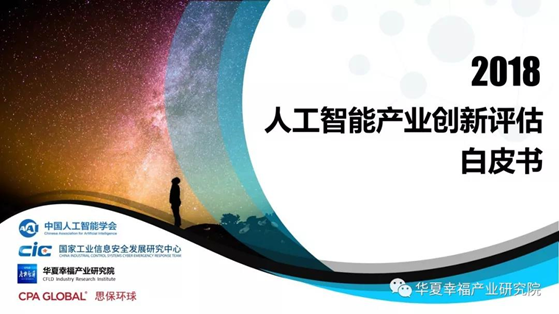
Research Scope and Evaluation System
With the third wave of development of artificial intelligence, under the active promotion of major countries in the world, the investment and expectations of all sectors of society in artificial intelligence are unprecedentedly high. It is of great practical significance for the healthy and orderly development of artificial intelligence industry to construct a scientific and objective innovation evaluation system and accurately evaluate the current level of innovation and development of artificial intelligence industry. The report combines the development and application level of artificial intelligence subdivision technology, focuses on four enabling technologies including voice interaction, text processing, computer vision and deep learning, and eight key application scenarios including transportation, medical treatment, manufacturing, security and retail, and objectively evaluates the innovation level of the artificial intelligence industry.
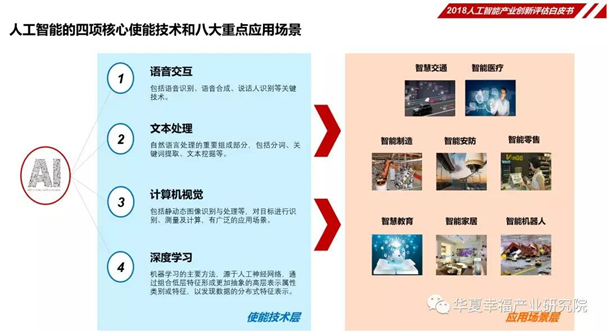
Figure 1 Scope of Artificial Intelligence Industry Innovation Evaluation
In order to objectively analyze the current development stage of the four core enabling technologies and eight key application scenarios, the report constructs a scientific and objective artificial intelligence industry innovation evaluation system based on the research results of the existing academic industry innovation evaluation, combining the industry attributes of artificial intelligence industry, and combining quantitative and qualitative analysis. Under the system, there are two level-1 evaluation indexes, namely, enabling technology readiness index and application scenario integration index. Three level-2 indexes, namely, theory, application and performance driving force, are set up under enabling technology readiness, and five level-2 indexes, namely, resource, technology, data, scene and environment driving force, are set up under application scenario integration degree.
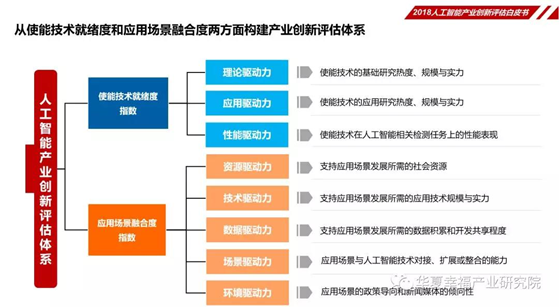
Figure 2 Innovation Evaluation System of Artificial Intelligence Industry
The Application Level of Artificial Intelligence Technology
The development of deep learning technology promotes the rapid development of artificial intelligence represented by voice interaction, text processing and computer vision, and it is quickly implemented in many scenes. In order to objectively evaluate the development level of the four enablement technologies represented by deep learning, the report evaluates the four enablement technologies from the three dimensions of theoretical research, applied research and technical performance, and calculates the readiness index of the four enablement technologies.

Figure 3 The Assessment Dimensions of Application Level of Artificial Intelligence Technology
In terms of enablement readiness index, deep learning readiness is the highest. As the mainstream algorithm of artificial intelligence, deep learning has the highest readiness (8.3) and is in the mature stage of technology. Computer vision (7.7) and voice interaction (6.2) are in the exploratory stage of technology application, which is mainly reflected in that products represented by voice assistant and medical imaging diagnosis have gradually entered the practical stage. Text processing is still in the technology climbing stage, the slow progress of technology makes it from the real practical still have a large distance.
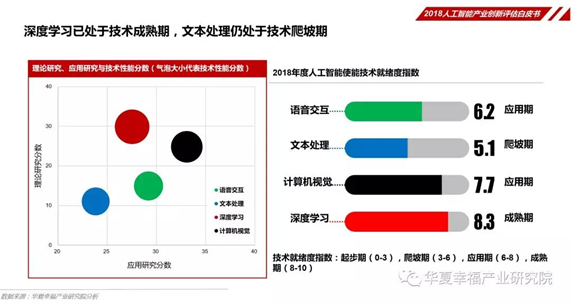
Figure 4 The Index of the Application Level of Artificial Intelligence Technology
In terms of the actual development of enabling technologies, deep learning and computer vision are the key points of layout. In terms of theoretical research (paper output), four enabling technologies have gradually become research hotspots since 2013. Among them, deep learning is the academic focus, followed by computer vision. The growth rate of speech interaction and text processing papers was stable, but the output and citation frequency of text processing papers were the lowest. In applied research (patent application), computer vision and deep learning patent applications account for a relatively high proportion, but the average patent intensity is low, and the patent layout is still in the initial stage. The proportion of voice interaction patent applications is low, but the average intensity is high, which indicates that the attention of voice interaction tends to decrease gradually.

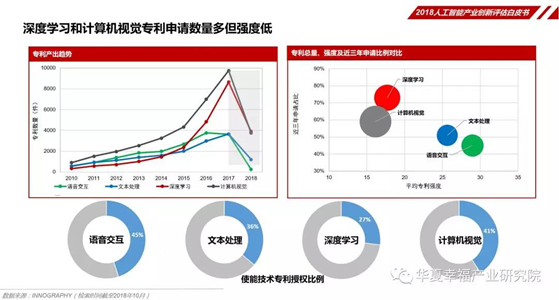
Figure 5 Actual Development of the Application Technology of Artificial Intelligence
From the perspective of the development level of enabling technologies in China and the United States, the theoretical and applied research of the four enabling technologies in the United States are significantly ahead of China. In terms of theoretical research, the gap between Chinese and American text processing fields is the smallest, and the gap between Chinese and American deep learning fields is the largest. In applied research, the gap in the field of deep learning is the smallest, and the gap in the field of voice interaction is the largest. Specifically, the paper influence and average patent strength of four enabling technologies in the United States are much higher than those in China, and the situation of "many but not strong" of Chinese papers and patents still exists. At the same time, we also found that China ranked first in the number of patent applications for four enabling technologies, especially the relevant research and development institutions had a high activity in the past three years, and more than 54% of patents were applied in the past three years.
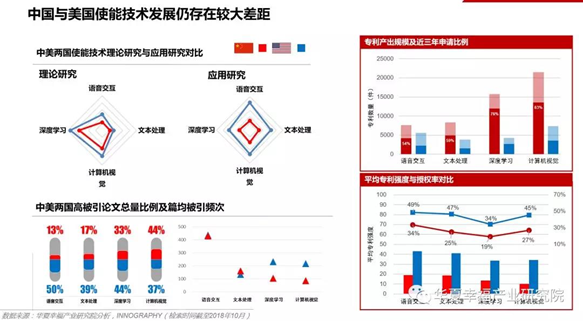
Figure 6 Comparison of the Development Level of AI Application Technology Between China and the United States
From the perspective of the distribution of enabled technology talents, the four enabling technology-related high-end talents in the field of artificial intelligence in the United States are far ahead of other countries. Statistics show that the United States has more than 13,000 high-end ai talents, while China has less than 5,000. From the perspective of technical segmentation, the proportion of high-end talents related to computer vision is the highest, reaching 38%, among which 5,432 are from the United States and 1,892 are from China. According to the talent distribution of ai enabled technology R&D in China, Beijing, guangdong, jiangsu, Shanghai and zhejiang have obvious talent advantages, among which Beijing and guangdong have more than 10,000 ai r&d talents.
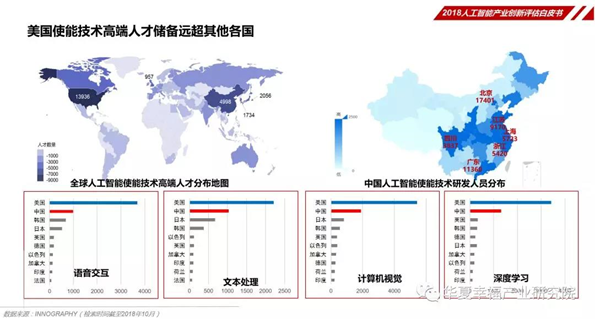
Figure 7 Global AI Application Technology Talent Distribution
Artificial Intelligence Application Scene Fusion Degree
With the development of enabling technology represented by deep learning, a large number of technology companies start from specific industries or scenarios, promote the integration of artificial intelligence enabling technology and industry, and provide differentiated new products, new services and solutions. A rich "AI+" application scenario has become an important driving force for the rapid development of the artificial intelligence industry. This report evaluates the eight “AI+” scenarios from the five driving dimensions of resources, technology, data, scenarios and environment, and calculates the integration degree of the eight application scenarios.
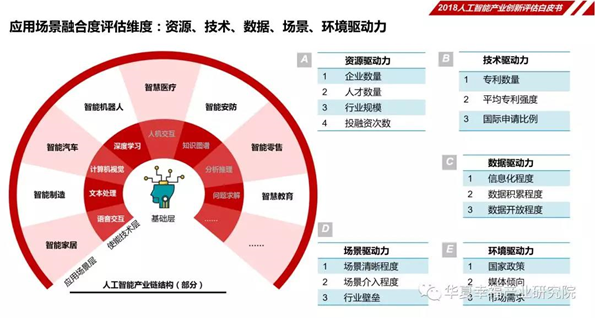
Figure 8 Artificial Intelligence Application Scenario Fusion Degree Evaluation Dimension
From the perspective of the application context fusion index, artificial intelligence and various industries are still in the early stage of artificial intelligence integration. According to the application scenario fusion index, cars (3.9), medical (3.8) and home (3.7) are three scenarios with relatively high degree of artificial intelligence integration; retail (3.5), robot (3.3) and security (3.2) times. Manufacturing (3.0) and education (2.8) have a low degree of integration index.

Figure 9 Artificial Intelligence Application Domain Convergence Index
From the actual situation of the integration of application scenarios, automotive, medical, and home are the focus of layout. In terms of technology drivers, patent applications for artificial intelligence in various fields have exploded since 2014, with the automotive and medical sectors growing significantly, while the education and retail sectors have grown relatively slowly. In terms of resource driving force, R&D institutions and R&D talents of artificial intelligence are mainly concentrated in the fields of automobile, medical care and home furnishing, and there are relatively few artificial intelligence R&D institutions and talents engaged in retail and education. Combined with the patent application situation in the past three years, the focus of patent layout is mainly concentrated in the fields of automobile, medical, home and security. The integration of artificial intelligence and robot is a new application hotspot.
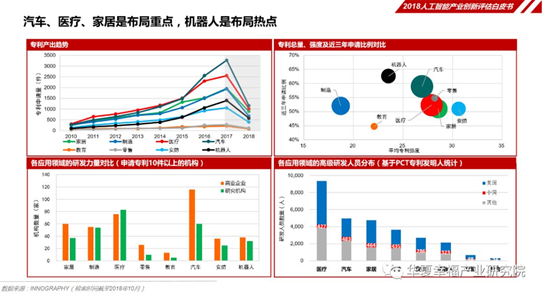
Figure 10 Distribution of Artificial Intelligence Patents in Various Application Scenarios
From the perspective of the overall level of global application scenarios, the US application convergence advantages are obvious. In the eight application fields, the number of artificial intelligence R&D personnel in the United States accounts for about half, and the number of artificial intelligence R&D personnel in various fields in China is generally low. In terms of the number of patent applications, except for the medical field, the number of patent applications in China exceeds that of the United States, especially in the fields of robotics and manufacturing. In terms of the strength of patent applications, the United States is significantly ahead of China, and the quality of Chinese patents still needs to be improved. Specific to the application scenario, the scale and strength of artificial intelligence patents in the US medical field are significant, and the strength of artificial intelligence patent applications in China's robotics and manufacturing fields has certain advantages.

Figure 11 Comparison of R&D Strengths in China's Artificial Intelligence Application Field
From the main bottleneck of application scenario fusion. The lack of high-quality data, high industry barriers, and unclear application scenarios are the main bottlenecks in the current integration of artificial intelligence and industry. From the perspective of data accumulation, the three fields of automobile, medical and robot have certain data advantages, while the data accumulation in the two fields of home and manufacturing is obviously insufficient. From the perspective of data openness, data in the three areas of automotive, education and robotics are relatively open, while data in the medical and manufacturing fields are relatively open. Judging from the barriers to entry in the scene, the barriers to medical and manufacturing industries are high, and artificial intelligence enterprises are more difficult to enter.
Evaluation on the Development Level of Artificial Intelligence Industry
Through the evaluation of the integration of enabling technology and application scenarios, we can find that the overall development of artificial intelligence is still in the initial stage. From the perspective of the development of enabling technology, deep learning has become the mainstream artificial intelligence algorithm and is the focus of current theoretical research. Deep learning technology has been in the mature stage, and more and more applied to a variety of practical scenarios, also gradually appeared a certain development bottleneck; Computer vision and voice interaction technologies are still at the initial stage of application, and both technologies have started to be applied in different scenarios. But the text processing is still in the technology climbing stage, the technology progress is slow. From the perspective of application fusion, based on the report's division of the development stage of application scenarios, at present, artificial intelligence is in the incubation period of integration in automobile, medical, home furnishing, retail, robot and security industry, while it is still in the budding period of integration in manufacturing and education industry.
Artificial Intelligence Industry Development Research and Forecast
01
Enabling technology
Voice interaction. The speech interaction technology has such technical bottlenecks as strong dependence on large-scale data, low accuracy of far-field recognition, and poor effect of complex scene recognition. In particular, semantic understanding technology has not really broken through yet, which seriously restricts the large-scale commercial application of speech interaction technology. The next step of voice interaction is to focus on improving the recognition rate in remote field recognition, especially in complex environment, and smart home is undoubtedly still the best scenario for the application of voice interaction technology.
Text processing. Scene, learning and data acquisition are the main difficulties faced by text processing technology. Enhanced learning, visual language integration and joint learning will be the main breakthrough directions of text technology in the future. The developing text processing technology will take the lead in penetrating into industries with high digitalization degree, low policy and social barriers, and strong personalized elements.
Computer vision. The bottleneck of computer vision is high complexity, low robustness, lack of data and high computational cost. The development of computer vision focuses on the use of unsupervised learning and transfer learning methods to reduce data dependence, improve the algorithm trial field, and achieve deep integration with text and voice technology.
Deep learning. Deep learning relies on gradient descent under multi-layer neural network and the subsequent optimization of a large number of parameters, but the results after multi-layer gradient descent are nonlinear and non-concave, so the effectiveness of deep learning method is difficult to be proved theoretically. The future development direction of deep learning is the understanding of deep learning mechanism and the study of practical model.
02
Application Scene
AI plus car. The intelligent automobile dominated by unmanned driving is the application scenario with high integration of artificial intelligence, and the traditional automobile industry will be innovated by new technologies and business models. However, the development of intelligent vehicles still faces multiple challenges such as vehicle hardware and software technology, artificial intelligence algorithm, and immature policies and commercialization.
AI plus health care. In the rapidly developing intelligent medical field, many new practices have emerged, such as virtual assistant, auxiliary diagnosis and treatment, intelligent imaging, drug research and development, and precision medicine. The uneven quantity and quality of underlying medical data, the lack of compound talent system, the difficulty of running in medical industry application scenarios and the high industry barriers all restrict the deep application of artificial intelligence technology.
AI plus household. The fusion of artificial intelligence and household is the key point that current industry explores. Artificial intelligence optimizes and improves the performance of household products at three levels: interaction, decision-making and service. High product price, difficult user privacy protection, low voice recognition rate and difficult interconnection are the main challenges for the development of smart home.
AI plus retail. Artificial intelligence facilitates the deep integration of online and offline in the retail industry, and brings about a further extension of the consumption scene, comprehensively improving the user's consumption experience. Currently, there are challenges in technology improvement and reliability based on application scenarios. In addition, how to effectively get through the C terminal and B terminal is an urgent problem for the intelligent retail industry to solve.
AI plus robot. Artificial intelligence pushes robot from mechanization to intelligence. Intelligent robots have gradually become important assistants to human beings in industrial and service fields, such as assistance robots, logistics robots and public service robots. However, due to the limitations of human-machine interaction, environment perception and machine learning, the degree of robot intellectualization is still low at present.
AI plus security. Artificial intelligence in the security industry is in the stage of exploration and application. Intelligent security takes algorithms, computing power and data as the three major elements of development, which are mainly reflected in video structure, biometrics and object feature recognition. Artificial intelligence will promote the development of security industry towards urbanization, integration and initiative.
AI plus manufacturing. Artificial intelligence can promote the transformation and upgrading of the manufacturing industry from the aspects of R&D innovation, quality control, fault diagnosis and operation management. It is the core driving force for realizing intelligent manufacturing. However, the integration of manufacturing and artificial intelligence is still in its infancy. Lack of high-quality industry data, insufficient computing capacity of enterprises and uncoordinated communication standards are the main obstacles to the deep integration of artificial intelligence and manufacturing industry.
AI plus education. The application of artificial intelligence technology in the field of education can effectively improve teaching, learning, practice, homework, evaluation, management and other link education fields, realize the reasonable allocation of education and teaching content, and scientifically implement individualized teaching. The lack of high-quality learning trajectory data and the immaturity of the technology itself make the integration of artificial intelligence and education far behind other industries.
- Government
- Association




